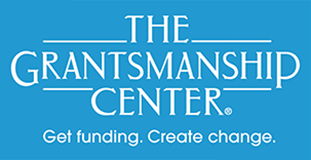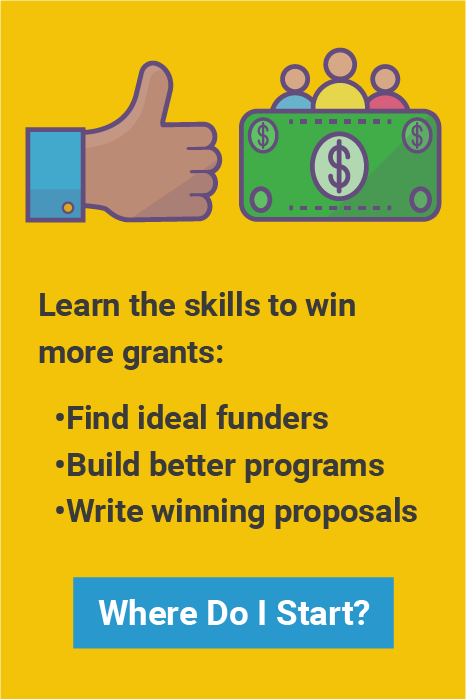
Grants are social investments that are intended to produce positive change. Defining intended change is easier for some types of programs than others. If you’re working to improve the health of diabetics, the proposed outcome may be a specific degree of decrease in blood sugar levels of participants. But grantseekers often get confused when developing outcomes for programs that are intended to stop something from happening in the first place.
Outcomes for prevention programs aren’t changes in a problem, they’re changes in the factors that cause the problem. If you’re trying to stop something from happening, you’ve got to identify the causes and root them out. When developing expected outcomes for grant proposals focusing on prevention, follow these four steps.
- Clearly identify what you want to prevent. Perhaps you’re trying to prevent young people from beginning to smoke cigarettes. Or perhaps a species of bird is endangered, and you want to prevent its extinction.
- Next dig deep into the research to find out what’s causing the problem you’re concerned about. What do the experts and studies say? Why do some young people begin to smoke while others don’t? Why is the bird species endangered? What’s threatening its existence?
- Consider the capacity of your organization to effectively address the causes of the problem. If, for example, better school performance is clearly linked to decreased smoking, your organization may have the ability to target low-performing students early and help them achieve. If deterioration of habitat is endangering the birds, your organization may be able to protect nesting areas.
- Assess the degree of change needed to produce a long-term result. Assess your organization’s capacity to tackle the root causes. Propose a specific measurable change in the causes of the problem.
It can take many years to see significant improvements in problems such as pollution, smoking, or poverty. Yet, grant proposals must offer results that can be measured during the period of grant funding. The logical way to address this conundrum is to attack the root causes of the problem and document progress achieved with grant funds.
— Barbara Floersch, Former Chief of Training & Curriculum, The Grantsmanship Center



